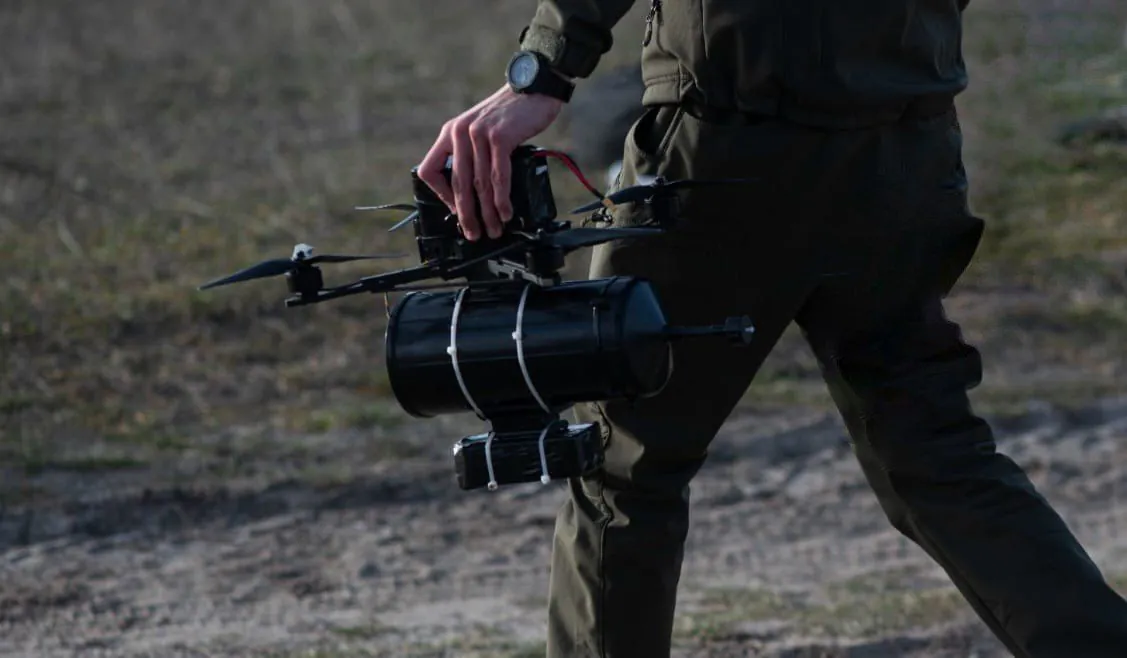KYIV — Ukraine’s Ministry of Defence has officially approved the deployment of a homegrown robotic ground complex named “Donkey” for full use in the Armed Forces of Ukraine. This locally built technology, formally called “Vislyuk,” was developed by Ukrainian engineers to meet specific military requests, and it is already being hailed as a major step in strengthening battlefield logistics, rescue operations, and mobility.
The “Donkey” is a compact and highly mobile platform that fits easily inside a minibus or trailer. It is powered by two quiet electric motors and mounted on durable metal tracks that allow it to operate across difficult terrain such as sand, swamp, and off-road zones. It can transport up to 200 kilograms of equipment or evacuate injured personnel from dangerous areas. Its pulling power is also strong enough to extract a sport utility vehicle stuck in mud or swampy ground.
According to the Ministry of Defence, the Vislyuk is available in different configurations to perform a variety of tasks including transport, evacuation, mine placement, and building engineering barriers. The platform can also be converted into a mobile unit for mounting radio relay towers, weapon systems, or surveillance modules for both day and night operations.
Vislyuk features encrypted communication channels that resist jamming. In some models, a fibre optic control module can be added for enhanced security and responsiveness. Its high-capacity battery allows for continuous operation over several hours, even under extreme weather conditions.

In addition to this development, the Ministry demonstrated new fibre optic controlled first-person view drones that are currently undergoing final codification before entering service. The Defence Ministry also gave approval for a separate ground unit, the D-21-12R, which comes equipped with a machine gun to support Ukrainian troops during active battlefield engagements.

While facing a numerically larger enemy under the control of the Russian dictator, Ukrainian engineers and soldiers are proving that smart technology and adaptable solutions can save lives, protect defenders, and improve battlefield outcomes.








